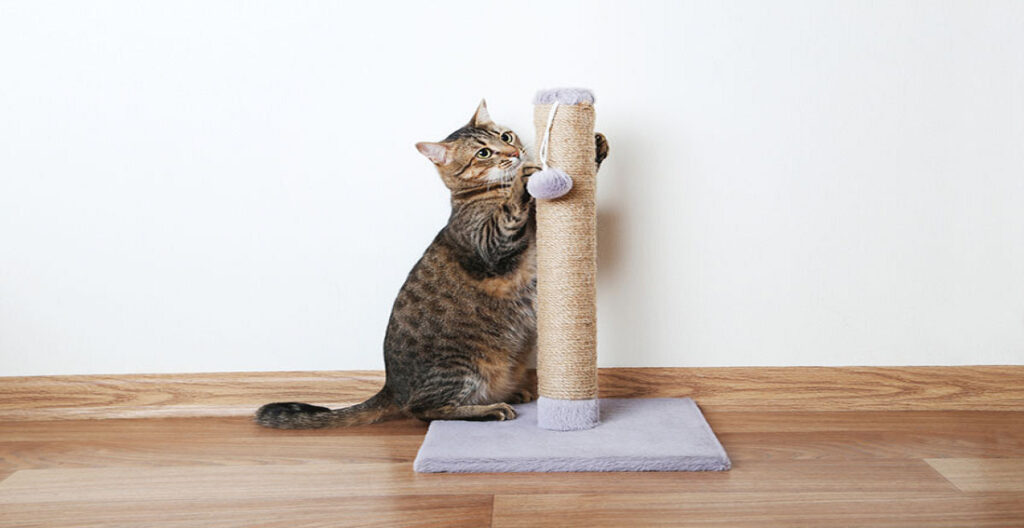Cat parents are well aware of the destruction that their feline friends’ claws can cause, not just to furniture and decor, but also to human skin. As a result, many pet owners are apprehensive about administering vaccinations, deworming, and medication to their cats. Some even contemplate trimming or removing their cats’ claws altogether. However, to manage cat nails, we first need to understand their functions.
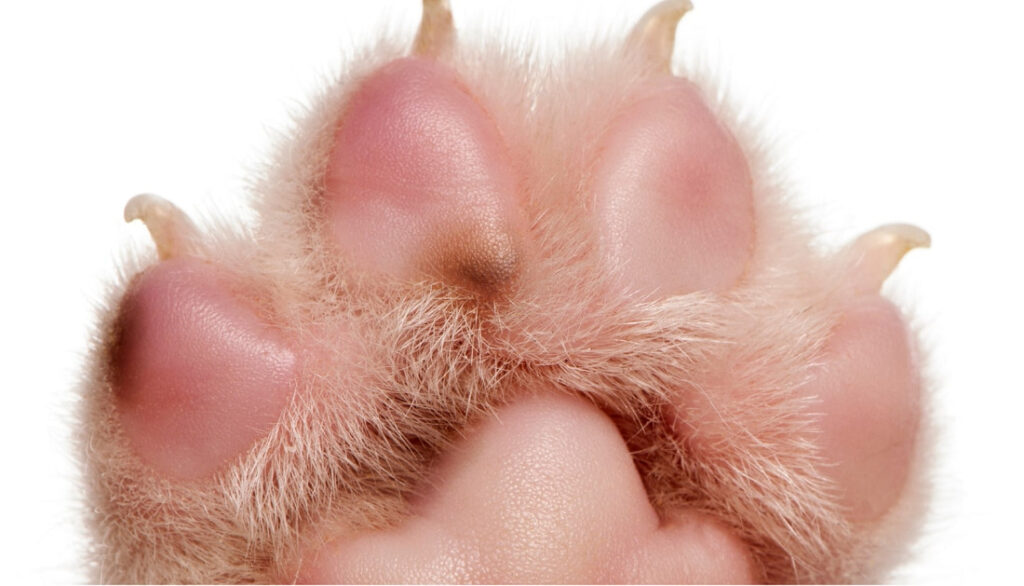
Why do cats need their claws to scratch
Domestic cats use their claws for a variety of reasons. When a cat scratches, it is meeting two very important physical needs. First, clawing stretches and tones the muscles of the feet, legs, shoulder and back. Second, the cat’s claws regularly become frayed and scratching pulls off the outer part and exposes sharp, smooth claws. Scratching is also an emotional behavior. It is used to mark territory. Cats have scent glands in their feet that secrete their own unique odor. Cats do not scratch furniture and drapes to be nasty or spiteful, but in an effort to meet these needs.
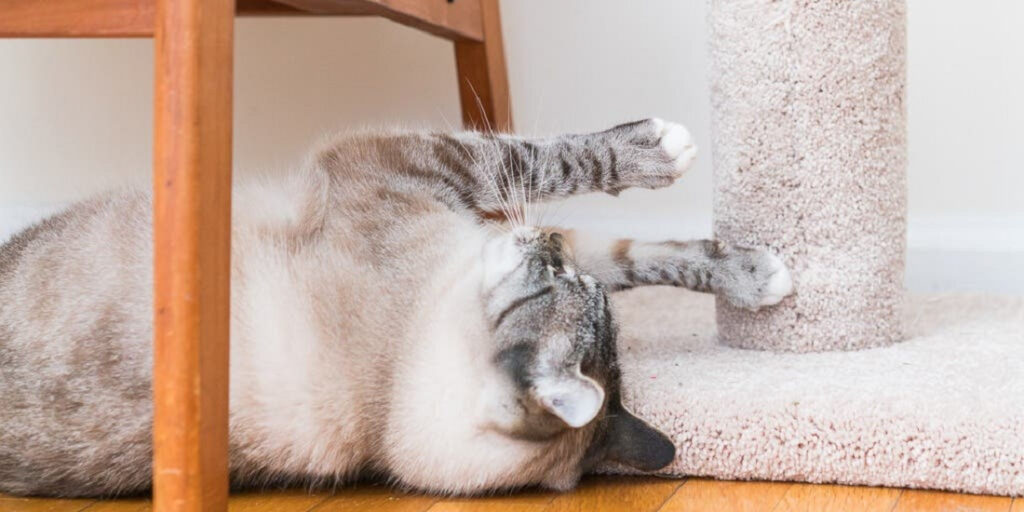
How to do
1.Often clip cat nails
Keeping your cat’s claws trimmed is good grooming and will reduce the damage done by sharp nails.Here are some tips:
1) Start Slow: Introduce your cat to the nail clippers gradually. Play with their paws and get them used to the clippers being in the same room.
2)Use Treats: Offer treats as a reward for good behavior during the process of nail clipping.
3)Use Proper Tools: Use nail clippers designed specifically for cats and avoid using human clippers or scissors.
4)Find the Quick: The quick is the blood vessel inside the nail, and trimming too close to it can cause discomfort and bleeding. Make sure to trim the nails just above the quick.
5)Be Gentle: Hold your cat’s paw gently and avoid squeezing too tightly. Trim the nails in a quiet and calm environment.
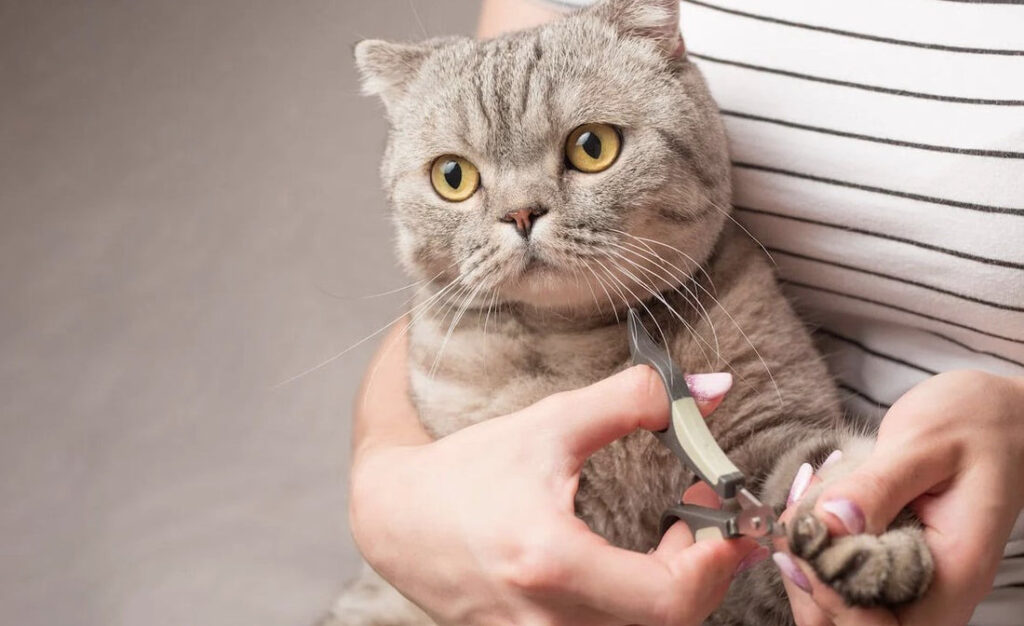
2.Give your cats a proper scratching surface
Provide a place for your cat to scratch which is not destructive to your home. There are a number of options and sometimes you need to experiment a little.
Scratching boards are usually a good alternative. They should be sturdy and should be covered in a durable material like carpeting, sisal, or thick burlap. Scratching boards are available at pet stores or through mail-order pet catalogs. You can also cover some other immobile surface (like a door or door jamb) with carpeting or the reverse side of carpeting. For multi-cat households, you may need more than one scratching board. When using the scratching board, here are also some tips for your to pay attention to:
1)Find the Right Scratch Board: Cats prefer different types of scratching materials such as carpet, sisal, or cardboard. Observe your cat’s scratching preferences and provide them with the one that they enjoy.
2)Show Them How to Use It: Place their paws on the scratching board and gently guide them to scratch.
3)Place in Strategic Areas: Place the scratcher in areas where your cat likes to scratch, such as near the couch or in front of a window.
4)Train Early: It’s much easier to train a kitten to use a scratcher than an adult cat, so start training as early as possible.
5)Be Patient: Training a cat to use a scratcher takes time and patience. Continue to reinforce good behavior and provide positive reinforcement.
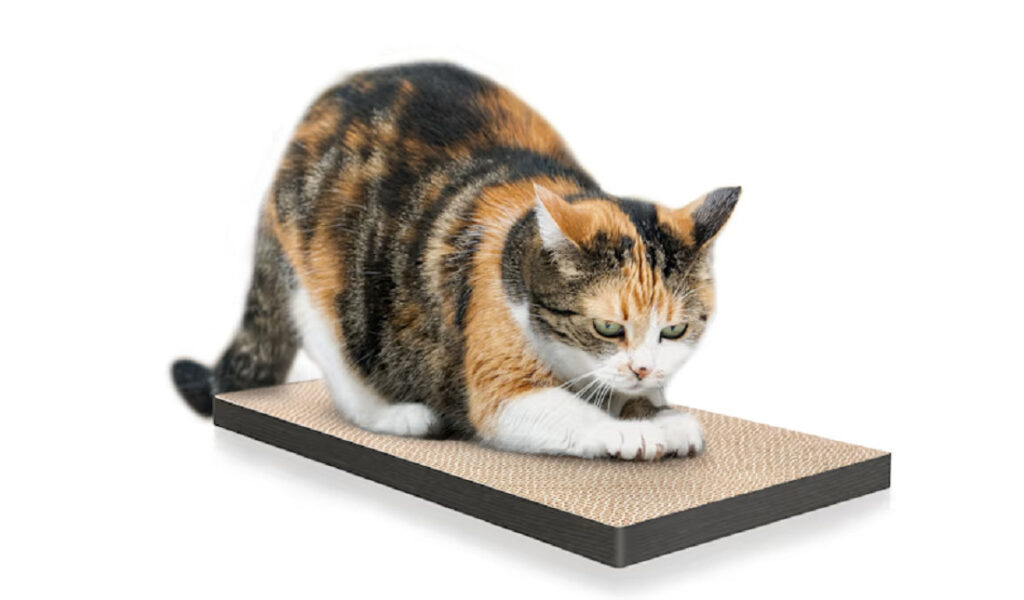
All in all, by following these tips you can make the process of clipping cat nails and training cats to use a scratch board much easier and less stressful for both you and your cat. With a little patience and persistence, you can ensure that your cat remains healthy, safe, and happy.
